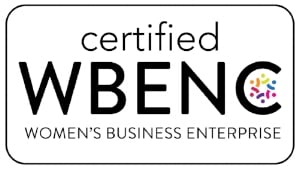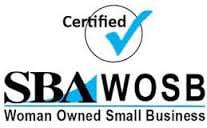Issue:
Customer in the transportation business needed to showcase different versions of their new style of equipment. They requested painted SLA prototypes to be used as scale models at trade shows and as sales samples for their reps, and they needed them fast!!!
Challenge:
All the SLA prototypes needed to be run, finished, painted and assembled complete 3-4 days from the receipt of 3D files. The challenge was that each 3D file needed engineering modifications done in order to build the SLA prototypes. On top of this, the scale models were fairly large (12” x 4” x 6”) and needed to be extremely detailed with hand finishing and multiple custom color matched painting. This was critical so that the customer’s design modifications to their equipment could be well noticed.
Solution:
1) File Review: After 3D files were received, our SLA technicians modified the .STL assembly files into manageable files that could be successfully built while still keeping all the exterior details. 3D files were then sectioned so that parts could run, be finished, painted, then assembled with greater ease.
2) SLA Prototyping Runs: Parts were orientated for the SLA prototype builds. Any parts that were small with a lot of detail ran on the 3D Systems Viper si2 High Resolution SLA Machine. Larger parts with less detail were run on the 3D systems SLA 7000 Machine.
3) SLA Finishing: By building the more detailed parts on the high resolution SLA machine, the SLA parts required less hand finishing so parts could make it to paint more quickly. Parts still required hand masking because most parts required multiple colors to be painted on each part.
4) Custom Painting: At first the customer supplied paint, but soon after we noticed that in order to save on time, we would do our own paint color matches for our own paint. This saved a lot of the dry time which was critical when painting multiple colors.
5) SLA Prototype Assembly: After all the parts were painted, the parts were then assembled and, if needed, modified due to revisions that happened on the fly in order for parts to fit and resemble the actual equipment.
6) Delivery: On average, a job like this would take at least 1 to 1.5 weeks, but this time around, each model was completed in 3-4 days.
Summary:
Projects like these cannot be done without very open and honest communication from customer to vendor to team and vice versa. This is why there is a dedicated project manager assigned to each and every project that comes in. The best way to be successful in the rapid prototyping industry is by working together to get the best possible model in the best possible timeframe. All projects are not like this one, but it sure is nice to have a project manager on hand when a project like this is needed as well as team of engineers, finishers, painters, and assemblers willing to do whatever it takes to make everyone successful.







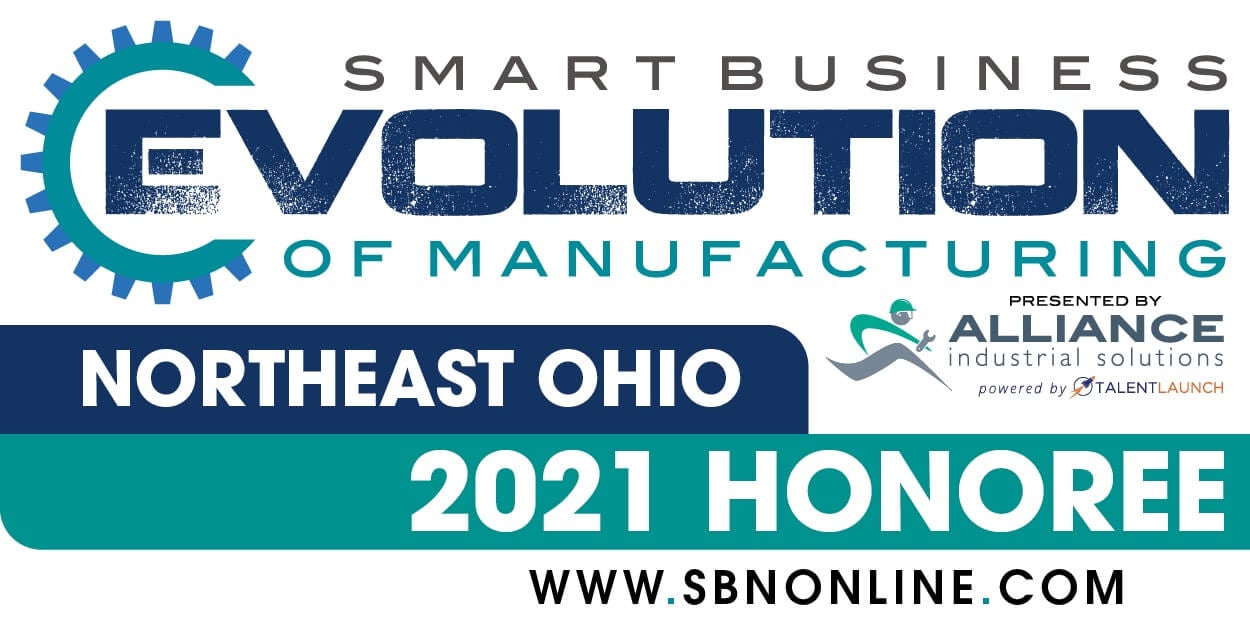
.jpg)
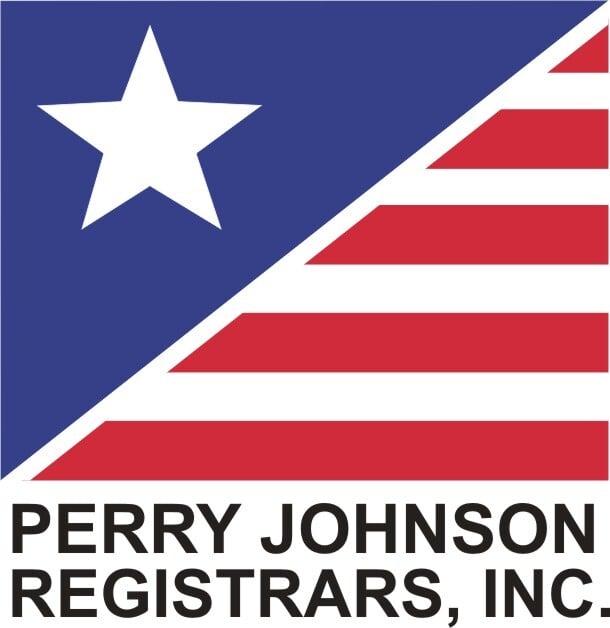
.png)
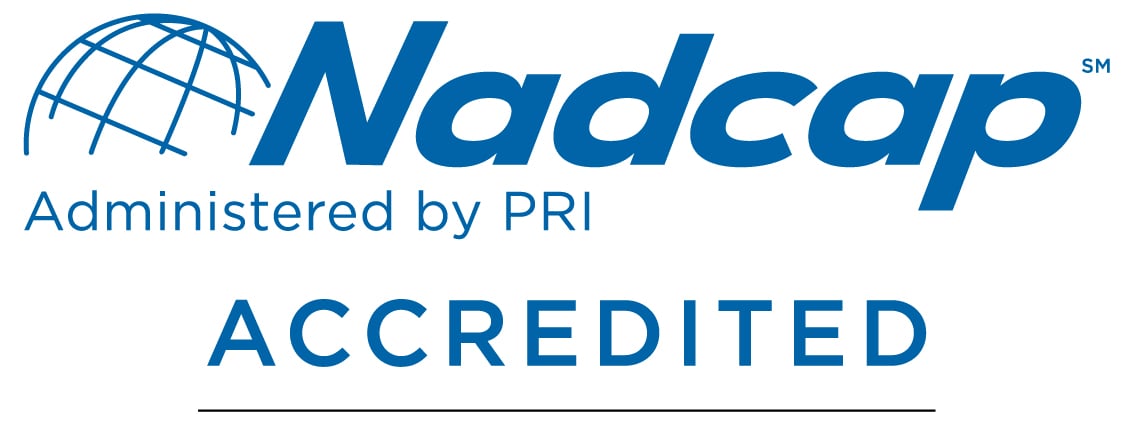
.png)
